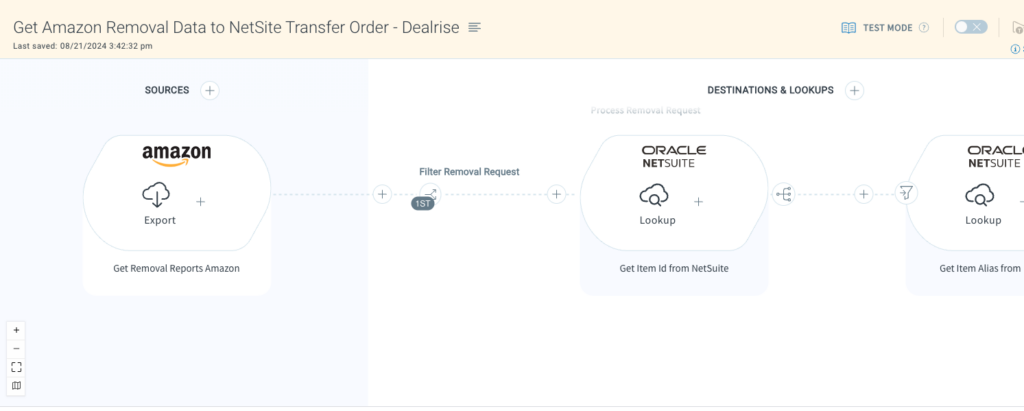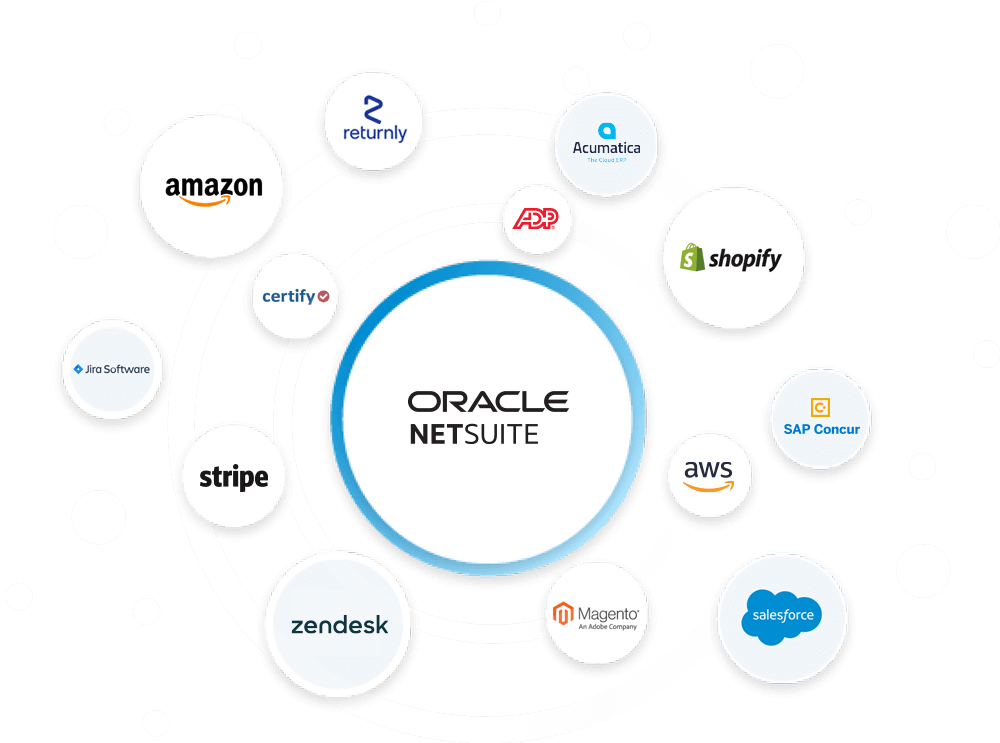If you’re an Amazon FBA seller, you know that managing inventory is no walk in the park. You start with high hopes, expecting your products to sell like hotcakes. But what happens when they don’t? When your inventory sits there, gathering dust and draining your wallet with storage fees, it’s time to rethink your strategy. The good news? You don’t have to do it all manually. You can automate your Amazon FBA Removal Orders and take back control of your inventory—and your profits.
Slow-Moving Inventory Costs You Money
Let’s face it: Amazon’s fulfillment centers are a blessing and a curse. Sure, they handle the heavy lifting of storage, shipping, and customer service, but all that convenience comes at a price. And if your products aren’t selling as quickly as you’d hoped, that price can become a serious issue.
When your inventory doesn’t move, it doesn’t just sit there harmlessly—it racks up fees. And not just any fees. Amazon charges you for storage every month, and those charges jump during the holiday season. But the real kicker is the long-term storage fees that hit after your products have been sitting in the warehouse for a year. These fees can take a big bite out of your profits, and before you know it, your slow-moving inventory is costing you more than it’s worth.
So what do you do? You create a Removal Order to get those products out of Amazon’s warehouse before they bleed your business dry. Simple enough, right? But if you’re doing this manually, it can quickly become a tedious and time-consuming task—especially if you have a lot of SKUs to manage.
Why Isn’t My Product Selling?
It’s frustrating, isn’t it? You’ve invested time, money, and energy into your product, but it’s just not moving. You’ve tried running discounts, tweaking your product listings, and even throwing in a few promotions, but nothing’s working. Now, instead of making money, your inventory is costing you.
This is where you might start considering a Removal Order. But let’s be honest—who has the time to manually create and manage these orders, especially if you have a busy schedule? It’s a necessary evil, but it doesn’t have to be such a pain.
How Much Is It Really Costing You?
Let’s break down the numbers for a minute. Amazon charges you storage fees every single month based on how much space your inventory takes up. And during the fourth quarter—when warehouse space is at a premium—those fees skyrocket. If your products are just sitting there, those fees are basically money down the drain.
But that’s not the worst of it. Once your inventory has been in Amazon’s warehouse for over a year, the long-term storage fees kick in. As of 2024, you’re looking at $6.90 per cubic foot or $0.15 per unit, whichever is greater. That might not sound like much at first, but it adds up fast. Suddenly, those slow-moving products are eating into your profits in a big way.
So, what’s the real cost of not dealing with slow-moving inventory? It’s more than just the storage fees. It’s the opportunity cost of not having that money available for products that actually sell. It’s the time wasted on manually managing Removal Orders. And it’s the stress of knowing that your business is leaking money that you could easily save.
Automate Your Removal Orders and Save Yourself the Headache
Here’s where things get better. Instead of manually creating Removal Orders, you can automate the whole process. Automation can save you time, reduce errors, and—most importantly—stop the financial drain caused by slow-moving inventory. Here’s how you can do it:
1. Set Up Automatic Transfer Orders: Using software like Celigo, you can create rules to automatically trigger a Transfer Order in NetSuite from Amazon FBA to your Warehouse when a product becomes a slow mover. This is the first step in getting that inventory out of Amazon’s warehouse and back under your control.
2. Automate Posting Removal Orders to Amazon: Why waste time manually entering data when you can automate it? Tools are available that let you automatically post Removal Orders to Amazon, taking the grunt work out of the process.
3. Sync Removal and Transfer Orders: If you’re using a system like NetSuite, you can automate both the Removal Orders in Amazon and the Transfer Orders in NetSuite. This ensures that your inventory records are always up-to-date, and you’re never caught off guard.
4. Automate Fulfillment Based on Removal Orders: Once you’ve set everything up, the system can automatically fulfill items based on the shipping details of your Removal Orders. No more manual updates or guesswork—just smooth, efficient inventory management.

Keep Your Inventory in Check and Your Profits Intact
By automating your Removal Orders, you can avoid the financial pitfalls of slow-moving inventory. Instead of wasting time and money, you can focus on what really matters—growing your business, finding new opportunities, and providing the best products to your customers.
With automation, you’re in control. Your inventory management becomes more efficient, your profits stay where they belong (in your pocket), and you’re free to focus on the bigger picture. It’s a simple change that can make a huge difference.
The Big Question: Are You Ready to Stop the Bleeding?
So, what’s the plan? Are you going to let slow-moving inventory sit in Amazon’s warehouse, draining your resources, or are you ready to take action? Automation is here to help, and it’s easier than you think.
Don’t let your profits slip away. Automate your Amazon FBA Removal Orders today, and watch as your business runs smoother and your bottom line improves.
If you’re unsure where to start or need help setting up your automation, we’re here to help. Reach out to us—our team is ready to guide you through the process, answer any questions, and help you regain control over your inventory. Let’s work together to stop the bleeding and keep your business moving forward.



